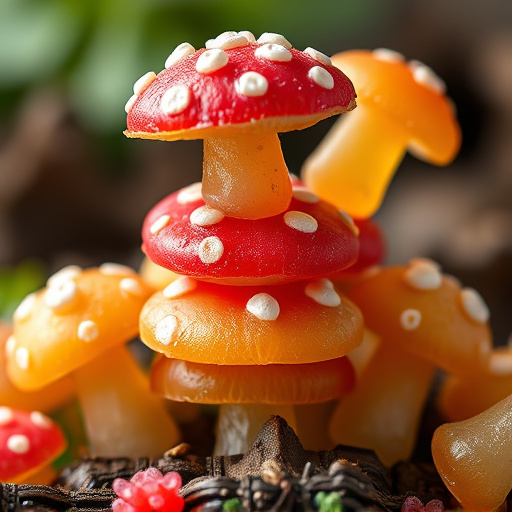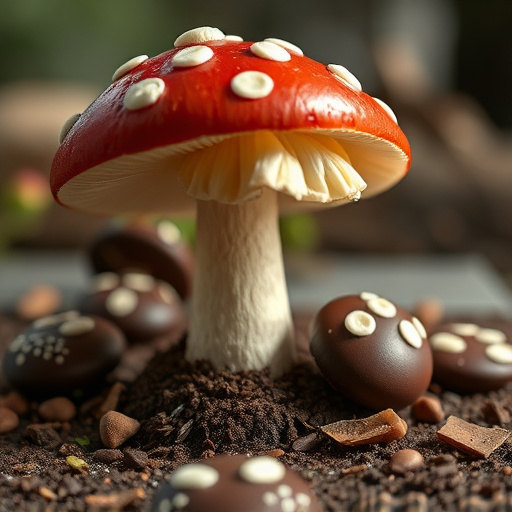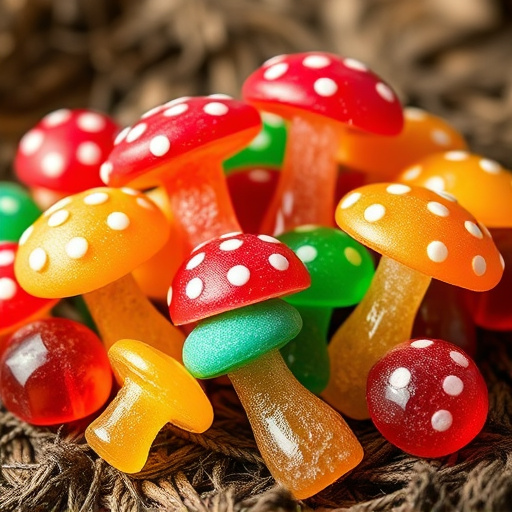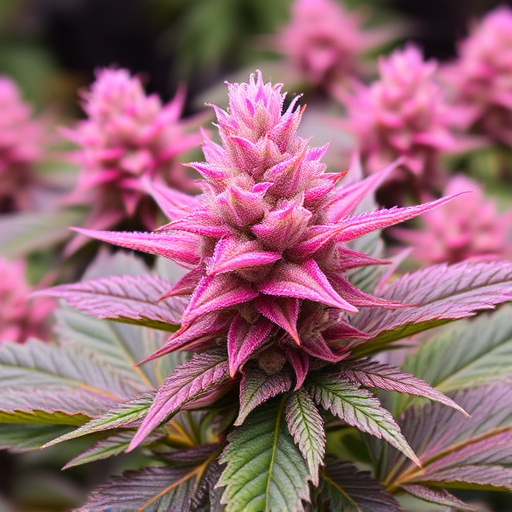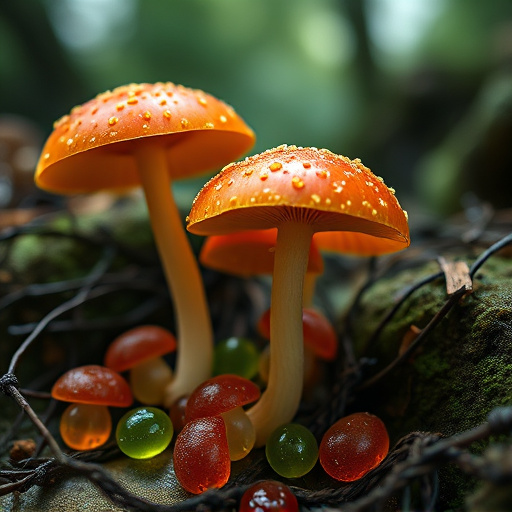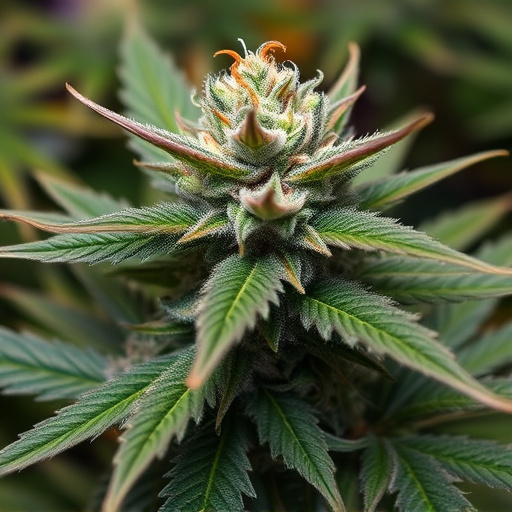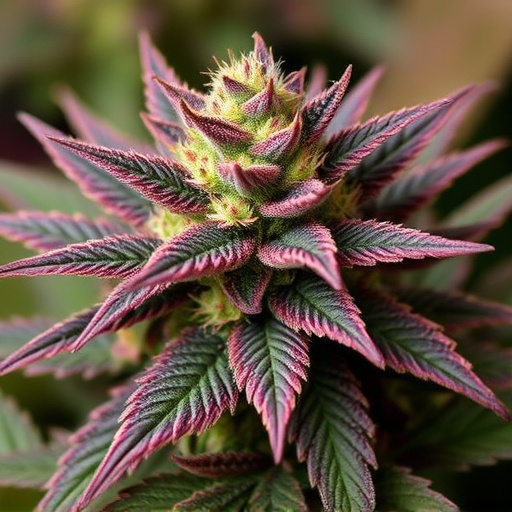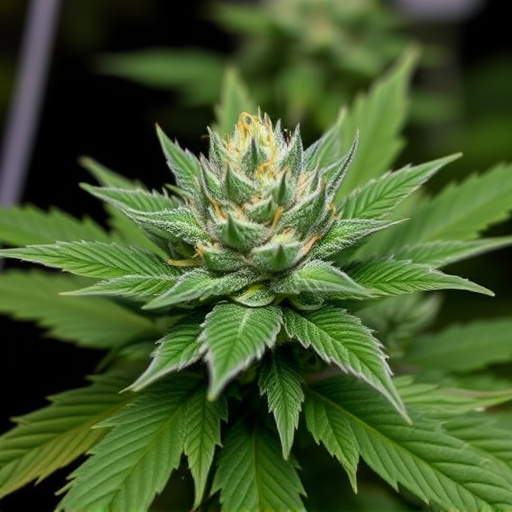Understanding the genetics behind color variation in cannabis is key to unlocking top-tier pot strains. Each color—purple, red, and blue—is linked to specific mutations affecting plant pigmentation. Purple hues come from anthocyanin production, while red strains may have higher carotenoids. These variations not only enhance visual appeal but also indicate unique chemical compositions with varied therapeutic effects. By studying these genetics, breeders can create best pot strains with desired characteristics, catering to diverse consumer preferences and medical needs. Environmental factors like sunlight, temperature, and nutrients also influence color production, allowing growers to cultivate visually stunning best pot strains.
Uncover the captivating world of cannabis colors with our guide to the science behind purple, red, and blue weed. From genetic mutations to environmental influences, these unique hues are more than just aesthetics—they offer insights into the diverse terpene profiles and pigments that contribute to the variety of the best pot strains. Explore how nature’s palette transforms cannabis flowers into stunning spectacles, enhancing both visual appeal and potential therapeutic benefits.
- Understanding the Genetics Behind Color Variation
- Terpene and Pigment Profile: A Chemical Perspective
- Environmental Factors Shaping Final Colors in Cannabis Flowers
Understanding the Genetics Behind Color Variation
Understanding the genetics behind color variation in cannabis is key to unlocking the secrets of the best pot strains. Each color—purple, red, and blue—is a result of specific genetic mutations that impact the plant’s pigmentation. For example, purple hues often come from anthocyanin production, where certain genes cause the plant to produce more of these pigments, giving it that distinctive violet shade. Similarly, red strains may have elevated levels of another pigment, carotenoid, which can create a range of reddish-brown tones.
These genetic variations contribute to not only the visual appeal but also potential therapeutic benefits. Different color profiles can indicate unique chemical compositions, leading to varied effects and experiences for consumers. By studying these genetics, breeders can develop best pot strains with specific characteristics, catering to diverse consumer preferences and medical needs.
Terpene and Pigment Profile: A Chemical Perspective
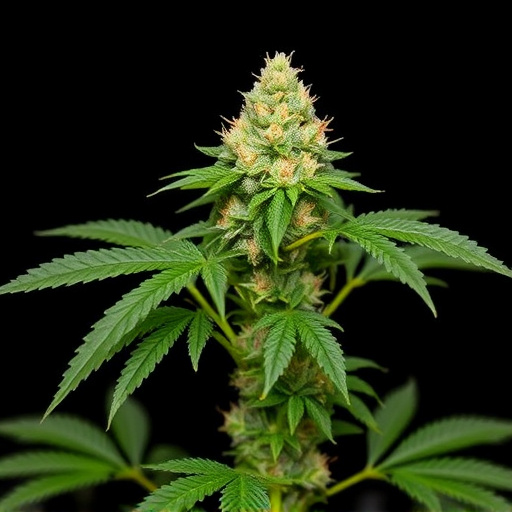
Weed, or cannabis, comes in a variety of colors, with purple, red, and blue strains being particularly intriguing to many enthusiasts. Behind these vibrant hues lies a complex chemical interplay, primarily driven by terpenes and pigments. Terpenes, aromatic compounds responsible for the unique scents and flavors we associate with different strains, also play a role in determining color. For instance, myrcene, a common terpene, can contribute to purple or blue tints when combined with specific pigments.
Pigments, on the other hand, are responsible for the plant’s structural color. Cannabinoids like THC and CBD don’t directly cause these colors but influence them indirectly. The interaction between terpenes and pigments creates what we perceive as distinct best pot strains, offering not only visual appeal but also potential therapeutic benefits. This chemical symphony results in a range of experiences, from uplifting and energizing to calming and relaxing, making exploration of these varied strains an exciting endeavor for cannabis enthusiasts.
Environmental Factors Shaping Final Colors in Cannabis Flowers
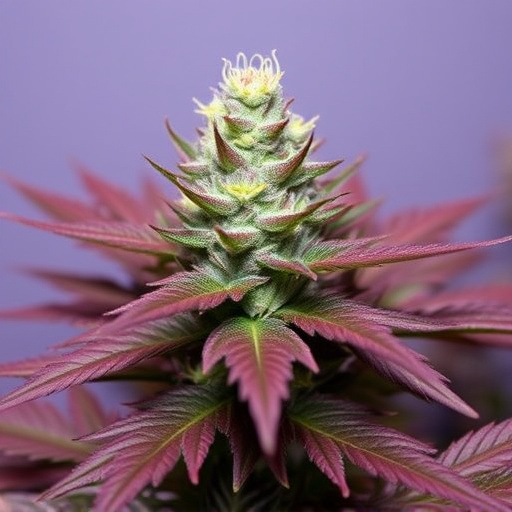
The final colors of cannabis flowers are shaped by a complex interplay of environmental factors. During the growing process, various elements like sunlight exposure, temperature, and nutrient levels can influence the production of pigments responsible for the distinctive red, blue, and purple hues. For instance, cooler temperatures often lead to increased anthocyanin synthesis, resulting in richer purple shades. Similarly, higher concentrations of certain nutrients, such as nitrogen, phosphorus, and potassium, can boost pigment intensity.
When it comes to the best pot strains known for their vibrant colors, environmental conditions play a pivotal role. Specialized cultivation techniques that optimize these factors can produce extraordinary varieties with unique visual appeal. Whether it’s the deep purples of certain Indica strains or the vivid blues found in some Sativa hybrids, understanding the connection between environmental factors and pigment production offers growers insights into cultivating not just high-quality cannabis, but also visually stunning best pot strains that delight the senses.
The diverse colors of cannabis flowers, ranging from purple and red to blue, are a result of intricate genetic, chemical, and environmental interactions. By understanding these factors, cultivators can produce top-quality best pot strains with desirable traits. The unique terpene and pigment profiles, combined with specific environmental conditions, create the vibrant tapestry that makes cannabis such an intriguing plant. This knowledge allows growers to fine-tune their practices, ensuring the cultivation of exceptional flowers with consistent, captivating hues.


